FORT KNOX, Ky. -- Last week Fort Knox firefighters battled blazes that scorched more than 12,000 acres in eight named fires on the installation.
No property damage was sustained to any government equipment or personnel, although fires were within five feet of some buildings. "We saved a lot of buildings," said Fire Chief Marvin Gunderson.
Fire department personnel racked up more than 2,700 man-hours-29 firefighters were on duty over the five days that the fires were active.
Calling upon mutual aid agreements, Fort Knox requested and received assistance from the fire departments in Bullitt County, Flaherty, Lebanon Junction, Rineyville, Zoneton, Nichols, and Pleasure Ridge Park, in Louisville's south end.
Mike Brandenburg, James Watkins, Jerry Judge, and Donnie Bishop from the Fort Knox Natural Resources Branch operated heavy equipment to bulldoze firebreaks and set back fires Saturday night at the Zussman Range fire. They also helped with mop-up operations.
Natural resource staff contributed their knowledge of the ranges; they spend so much of their time on the ranges, that they knew where the likely firebreaks and fuel sources were located. "My staff and I know the woods," said Mr. Brandenburg.
Kudos to the 2-147 Aviation Battalion of the Kentucky Air National Guard which supplied two Blackhawk helicopters and crews equipped with Bambi buckets to fight the fires. Many thanks to Chief Warrant Officer Chris Leet, Chief Warrant Officer Steve Knight, Chief Warrant Officer Rollin Knifley, Chief Warrant Officer Rick Kimberlin, Staff Sgt. Matt Singer, Sgt 1st Class Dale Adkins, Sgts. Mike Powers, Chris Ralston, and Jacob White.
The helicopters made more than 200 bucket drops (712 gallons each) of water scooped from the Ohio and Salt rivers-more than 142,400 gallons of water!
Factors that contributed to the outbreak of fires in Hardin County, which some are describing as the worst in years:
Ice storm 2009 brought down many trees that fueled the fire;
2010's drought dried out the rotting trees-turning them into firewood-literally; and
Mission requirements for training couldn't be postponed
In spite of the grueling schedule, there were no injuries. Forest fires are often the cause of people slipping, falling, breaking legs, inhaling smoke. "People don't understand that a large part of fire fighting is back-breaking labor with hand tools to cut fire breaks, set back fires, chopping down trees to remove the fire's fuel," Chief Gunderson said. "That was amazing. People were getting fatigued, but it's a testament to our safety program and physical fitness program that gave the team stamina, endurance, and safety. Not a single injury."
The Installation Operations Center and 911 call center helped to coordinate support, in spite of the numerous calls received from those complaining about the smoke on the post. "All in all, it was a coordination effort from all those on the post during a massive fire outbreak," Chief Gunderson said.
Water was helpful to prevent further spread of the fire, but when a fire is a mile or longer, extinguishing with water isn't practical, said Deputy Chief Eric Harper. The more effective way to control a fire is to create a corridor where there is no more fuel; the fire will burn itself out.
"Wildfire isn't necessarily bad," said Mr. Brandenburg. "Many species benefit from a fire. Proscribed fire is a controlled fire and is one of the best tools for forest management."
* Advantages include elimination of the brush and dead wood that could become fuel for an even bigger fire if left on the forest floor.
* Knob Creek should benefit in that many of the undesirable species like the spice bush should be eliminated by the fire.
* All the nutrients locked up in trees and vegetation is transferred into the soil. Next spring should be beautiful.
"Fire is the only natural phenomenon that travels faster uphill than it does downhill," Mr. Brandenburg noted.
Approximately 40 Soldiers from Company C, 1/81 Armor fought fire after a quick class from firefighters. Even though they were put to work digging fire breaks, Drill Sgt. Sean Hensel said, "If they needed us, I'd go again."
Pvt. Adam Uhre said, "It was actually pretty fun," although he had never done anything like it before. Pvt Scott Pearson has seen brush fires in his home town of Phoenix, Ariz. But he had never actually fought a fire before.
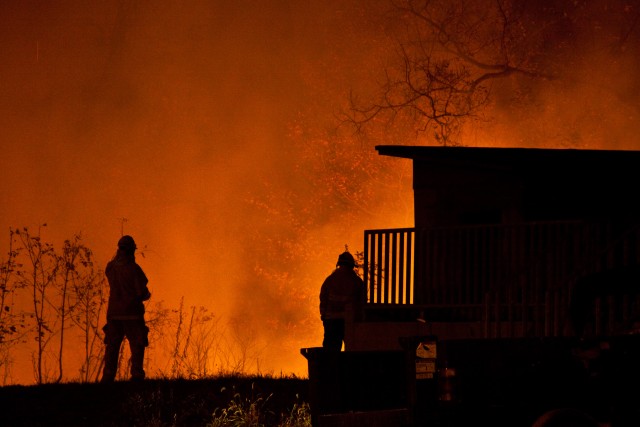

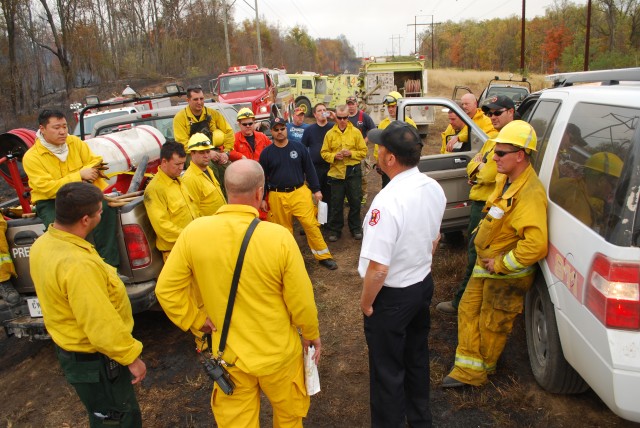
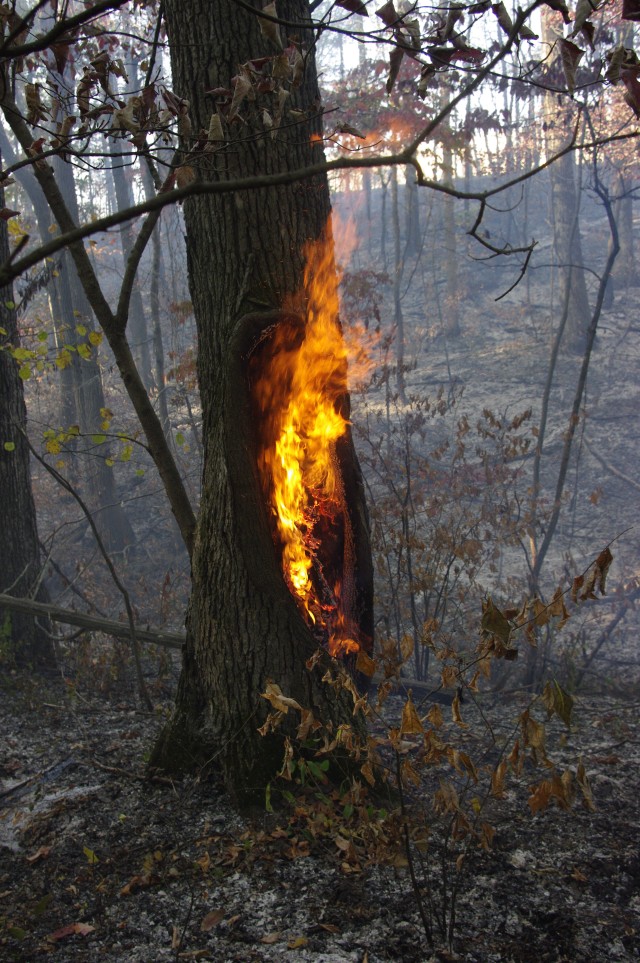
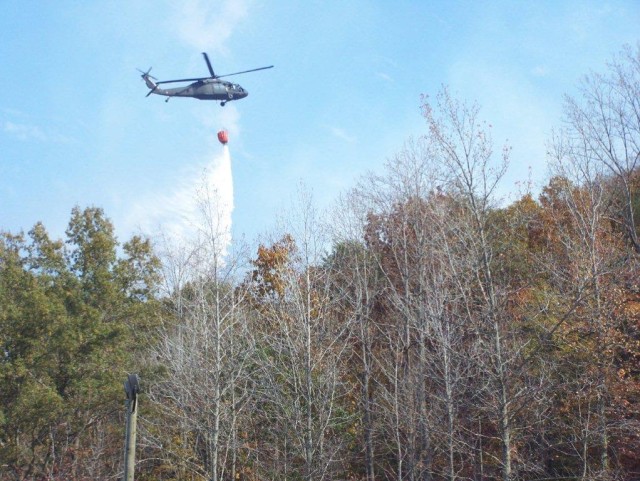
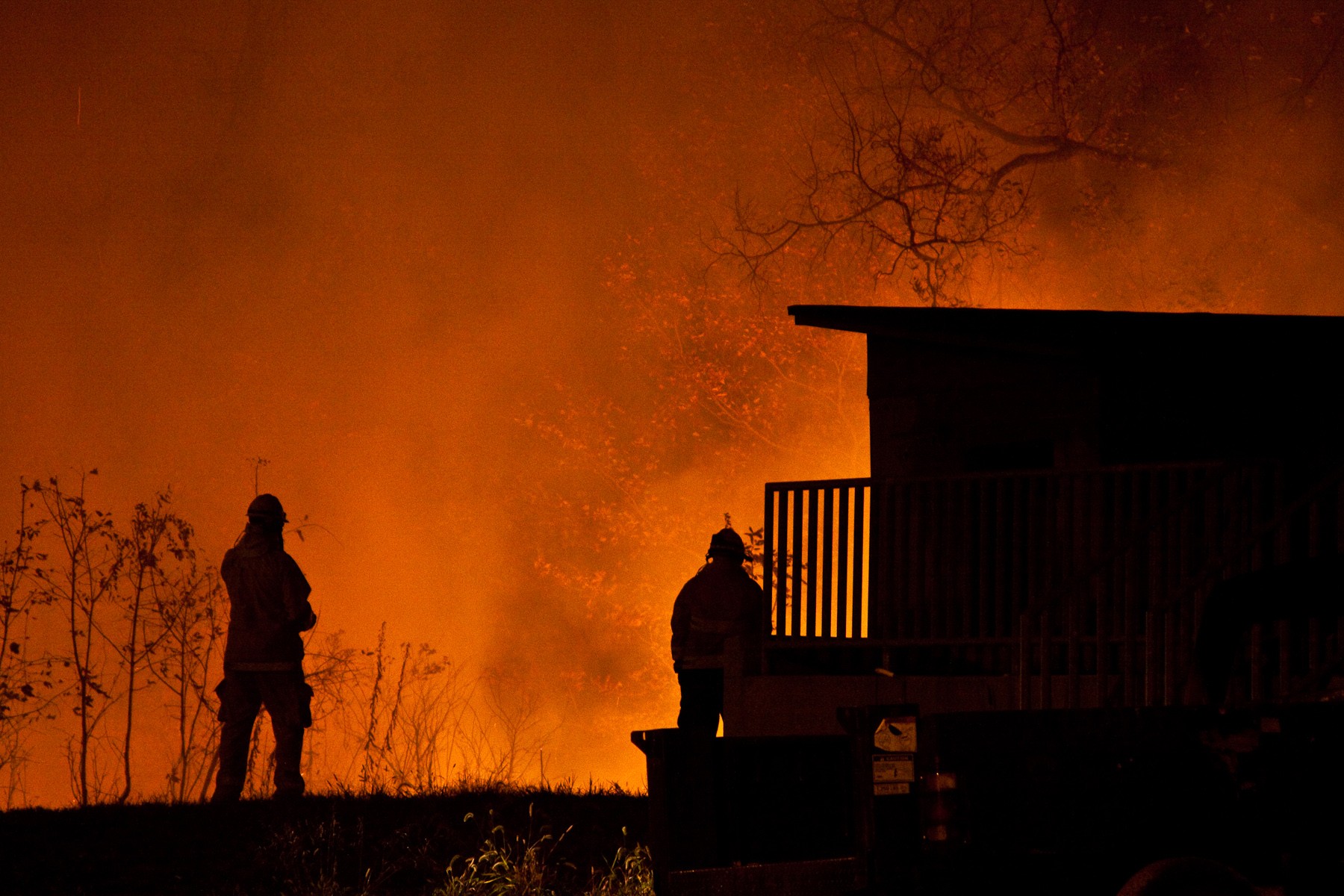
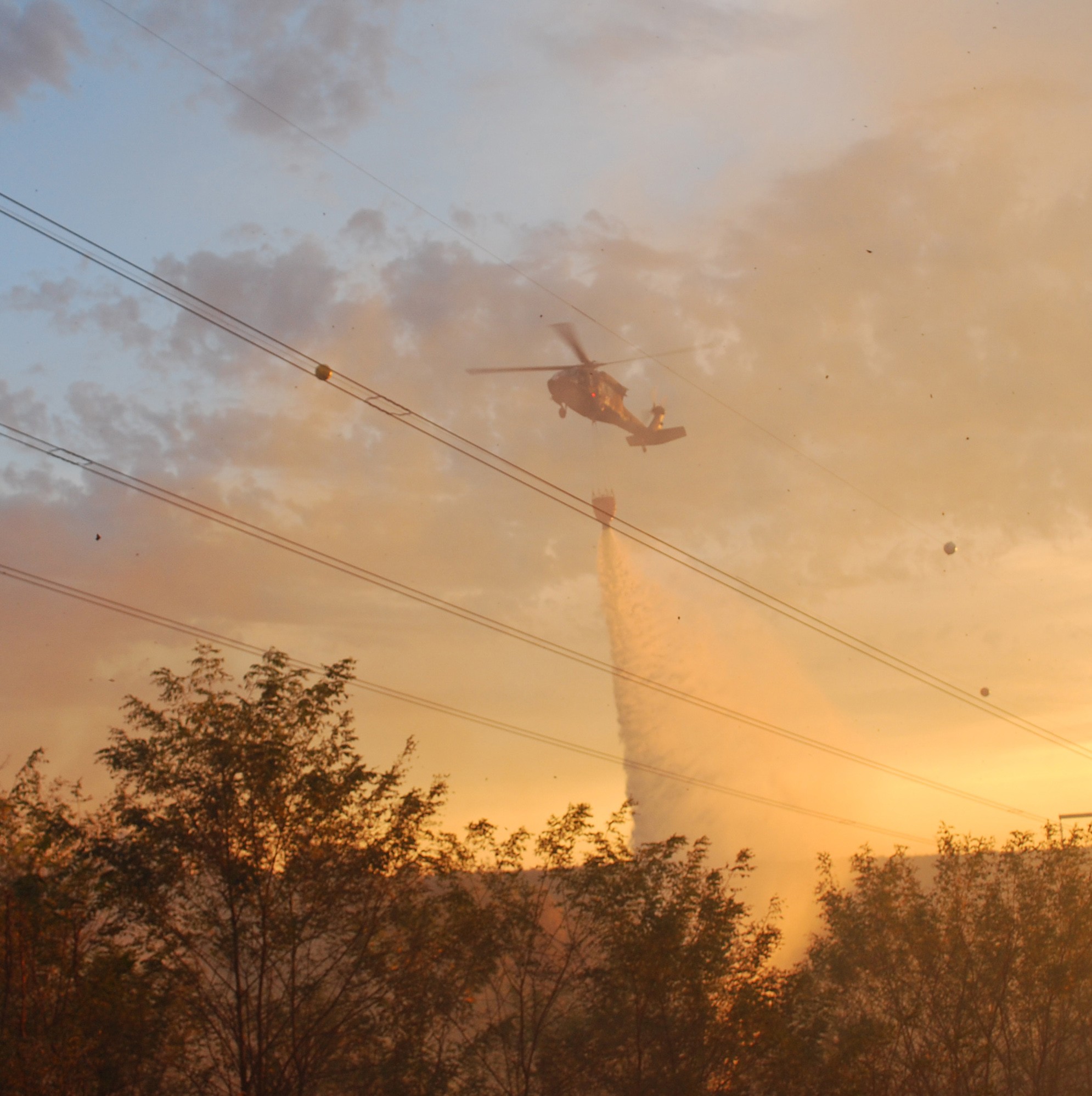
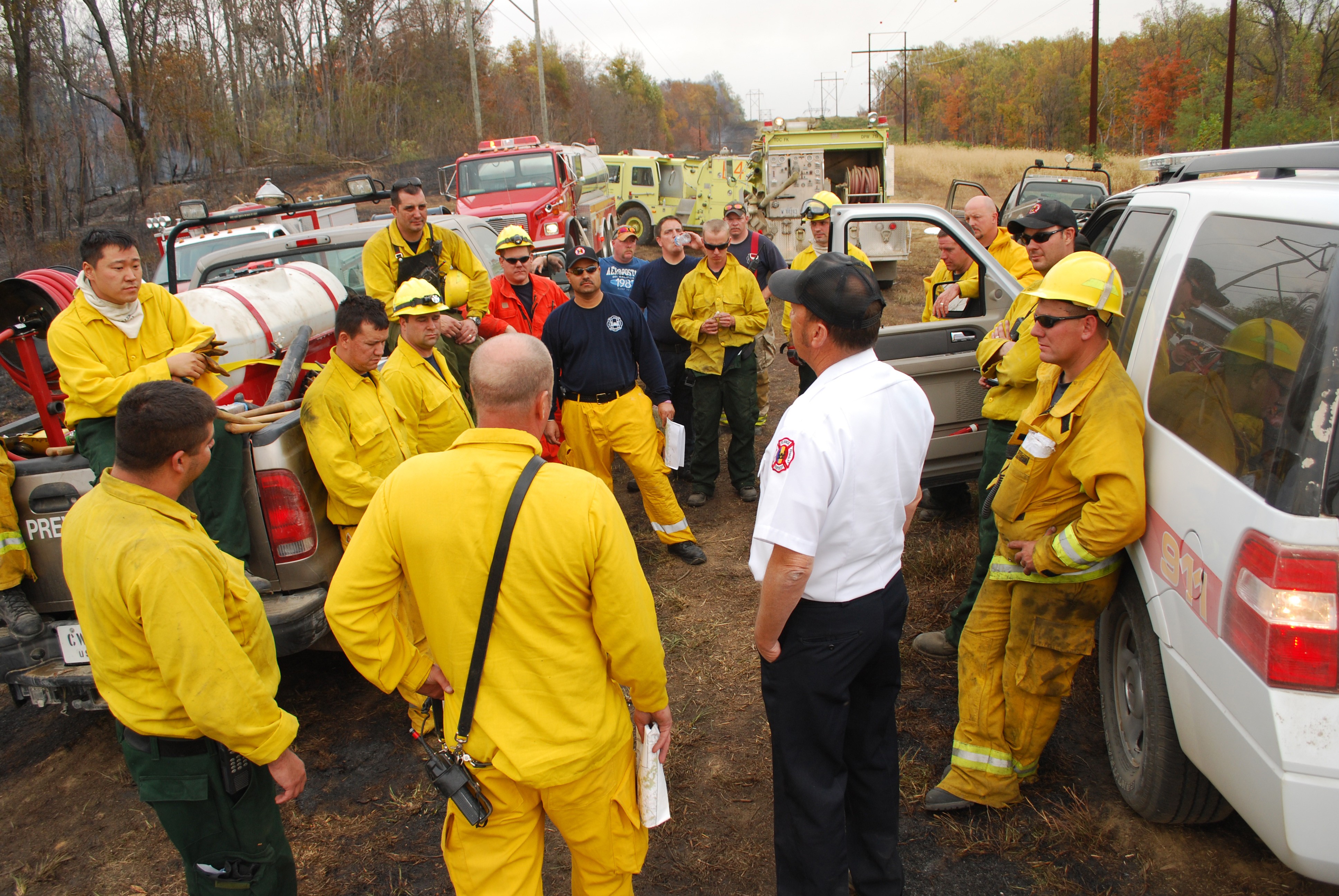
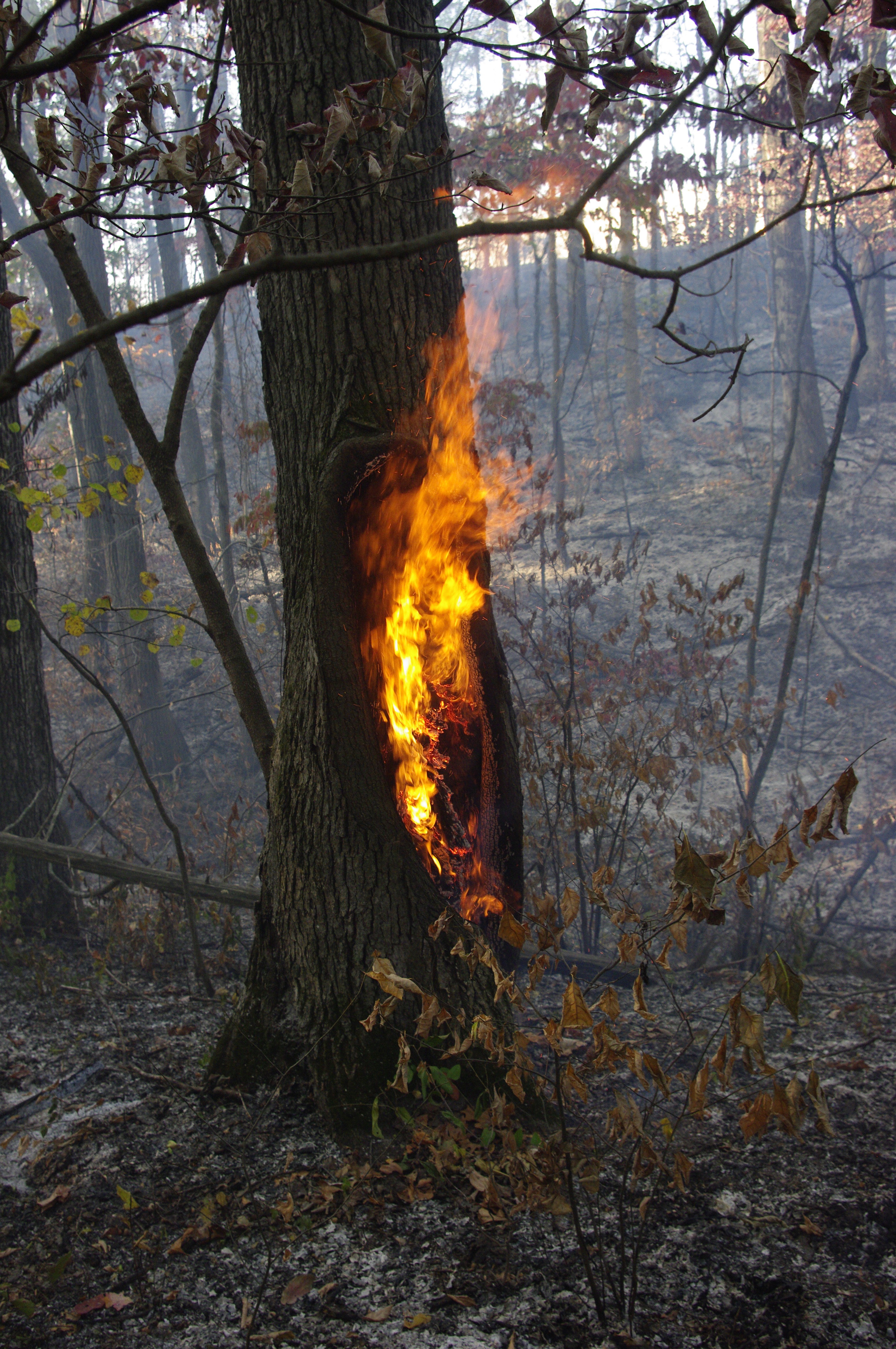
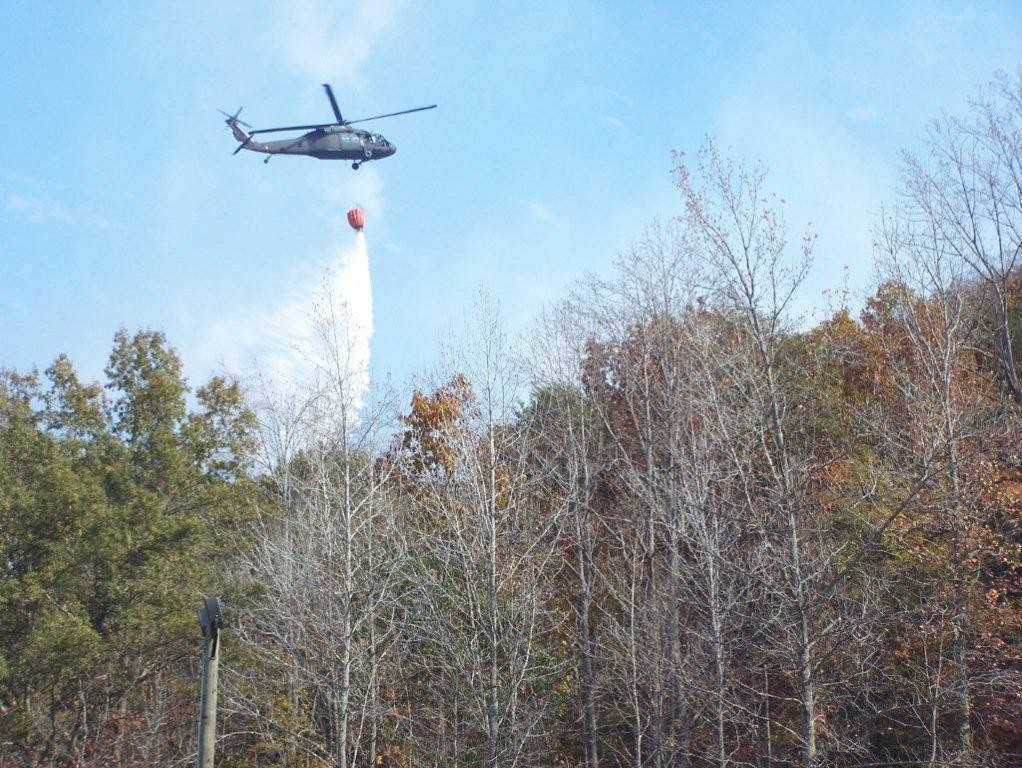
Social Sharing